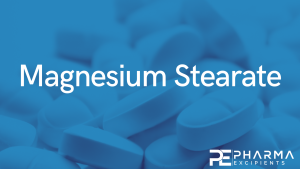Comparison of Ceolus™ Grades – Continuous Manufacturing System “Granuformer® Gf-2050”

Comparison of Ceolus™ Grades in Continuous Manufacturing (Wet Granulation) – Continuous Manufacturing System “Granuformer® Gf-2050”
Introduction
Until now, batch manufacturing has been the main mode of pharmaceutical manufacture: raw materials are input and processed in a stage of the process then removed for input and process in the next stage of the sequence. However, in recent years, manufacturers have explored introducing continuous manufacturing in which the processes from raw material input to removal of the final product are carried out continuously, from the perspective of cutting the space needed for processes and omitting scale-up studies with the aim of reducing the drug development period. The environment for the practical application of continuous manufacturing continues to develop: for example, the International Council for Harmonization of Technical Requirements for Pharmaceuticals for Human Use (ICH) has discussed draft guidelines for continuous manufacturing, and equipment manufacturers are also developing continuous manufacturing systems. However, there is still a lack of knowledge on suitable excipients for continuous manufacturing systems.
The aims of this study were to confirm the applicability of Ceolus™ in a continuous manufacturing system and to determine the optimum grade. A comparative study was conducted using the Granuformer® Gf-2050 continuous manufacturing system developed by the Freund Corporation.
Download the full article as PDF here Continuous Manufacturing System “Granuformer® Gf-2050
Following excipients are mentioned in the study besides other: Microcrystalline cellulose (MCC), Ceolus™ PH-101, KG-802, KG-1000, UF-711, UF-702 (Asahi Kasei Corporation)
Source: Asahi Kasei Corporation, Ceolus R&D Dept., Kazuki Maeda, Ayumi Yoshida
Read more on Magnesium Stearate as a pharmaceutical excipient here:


